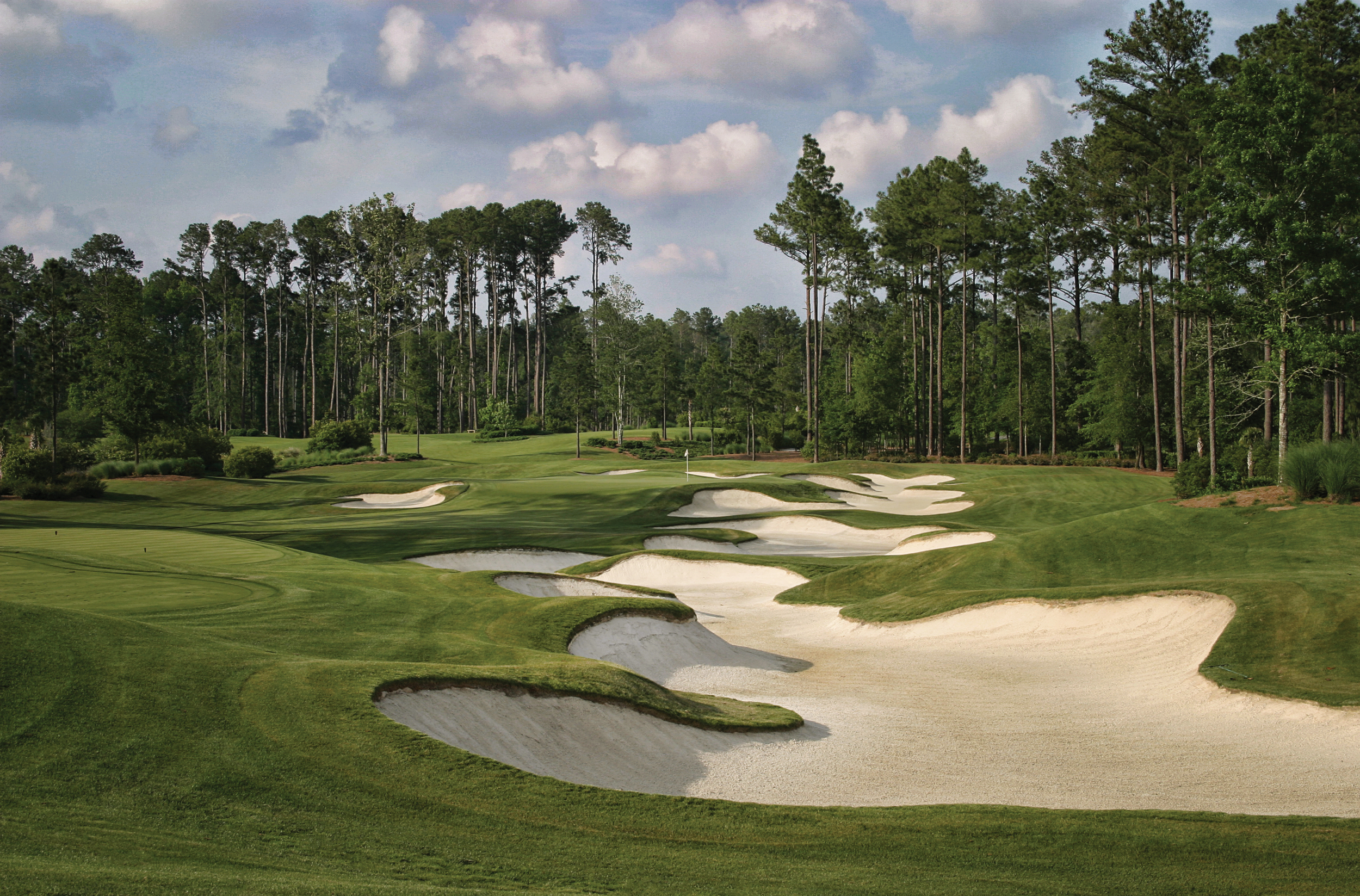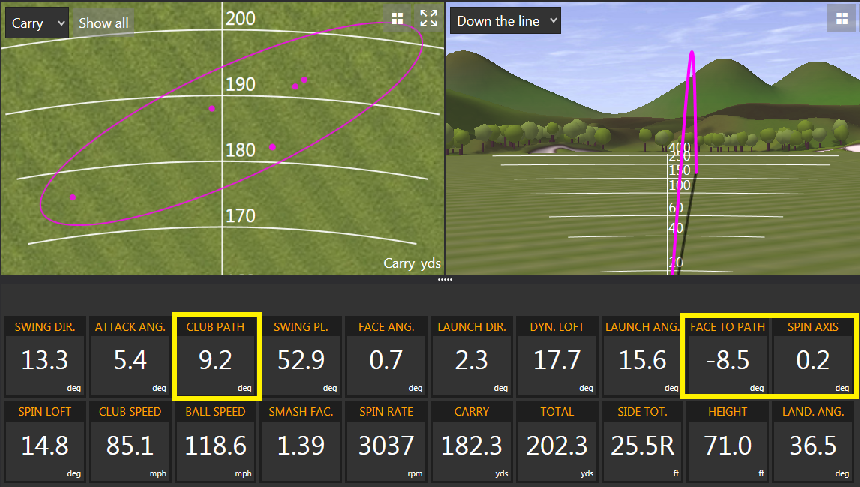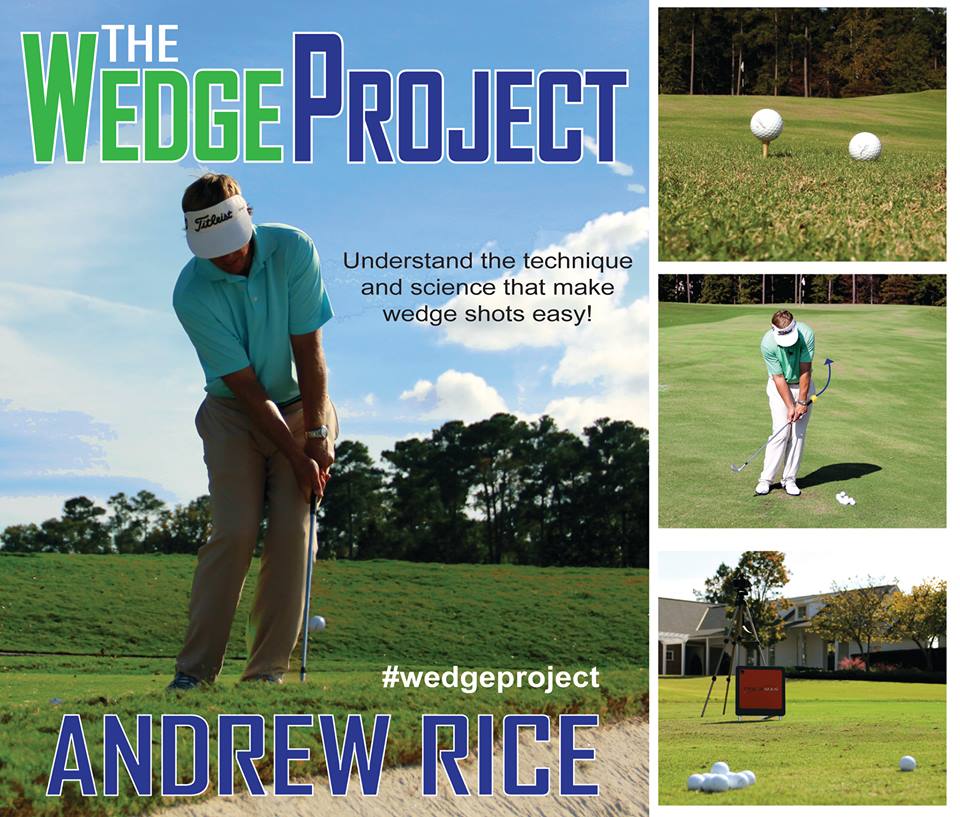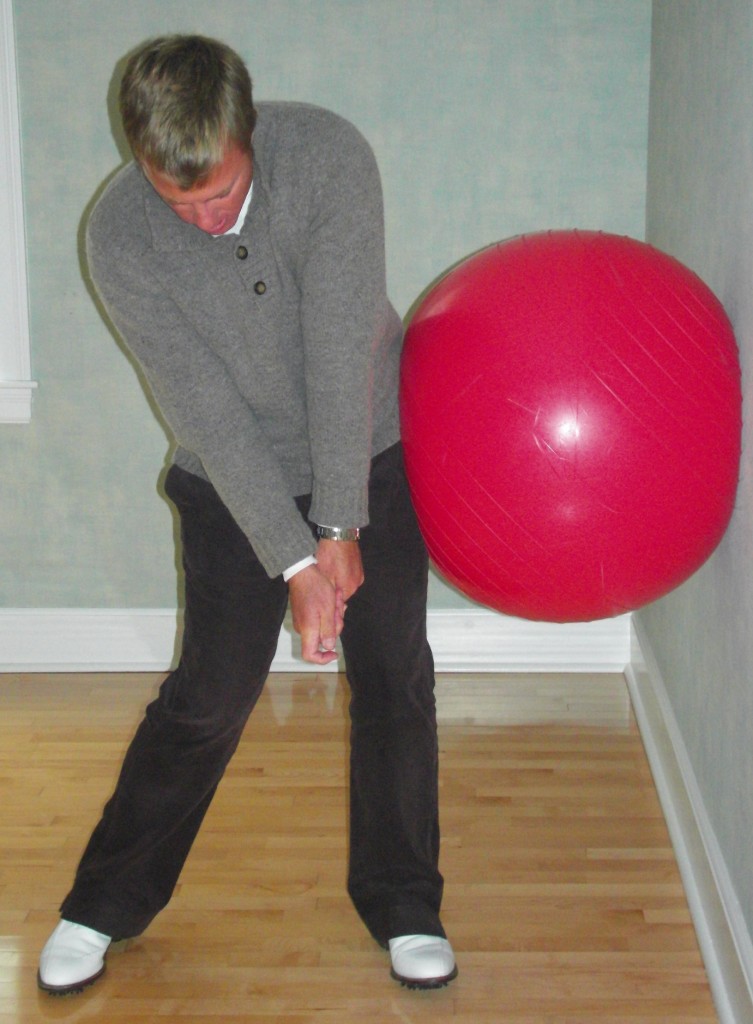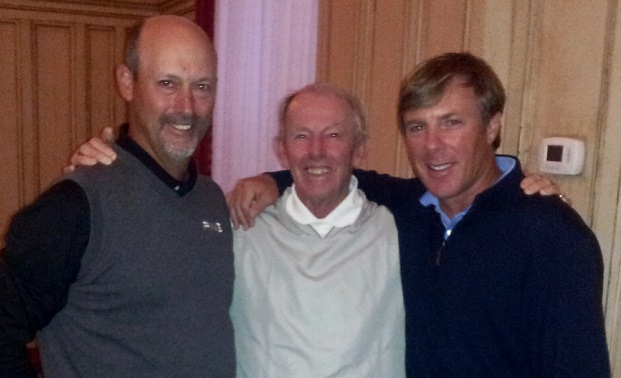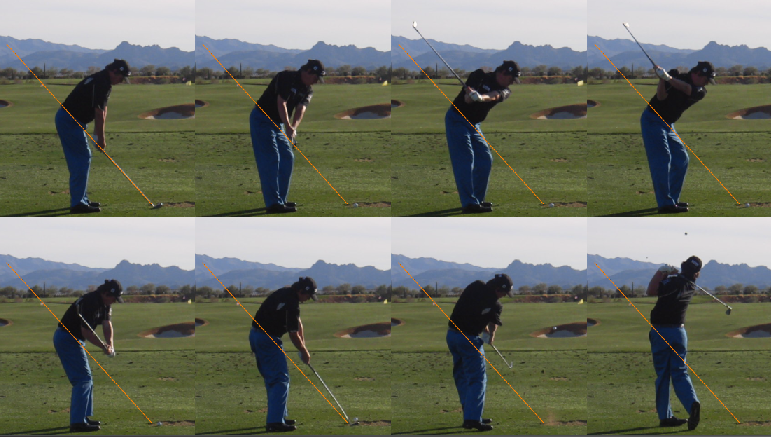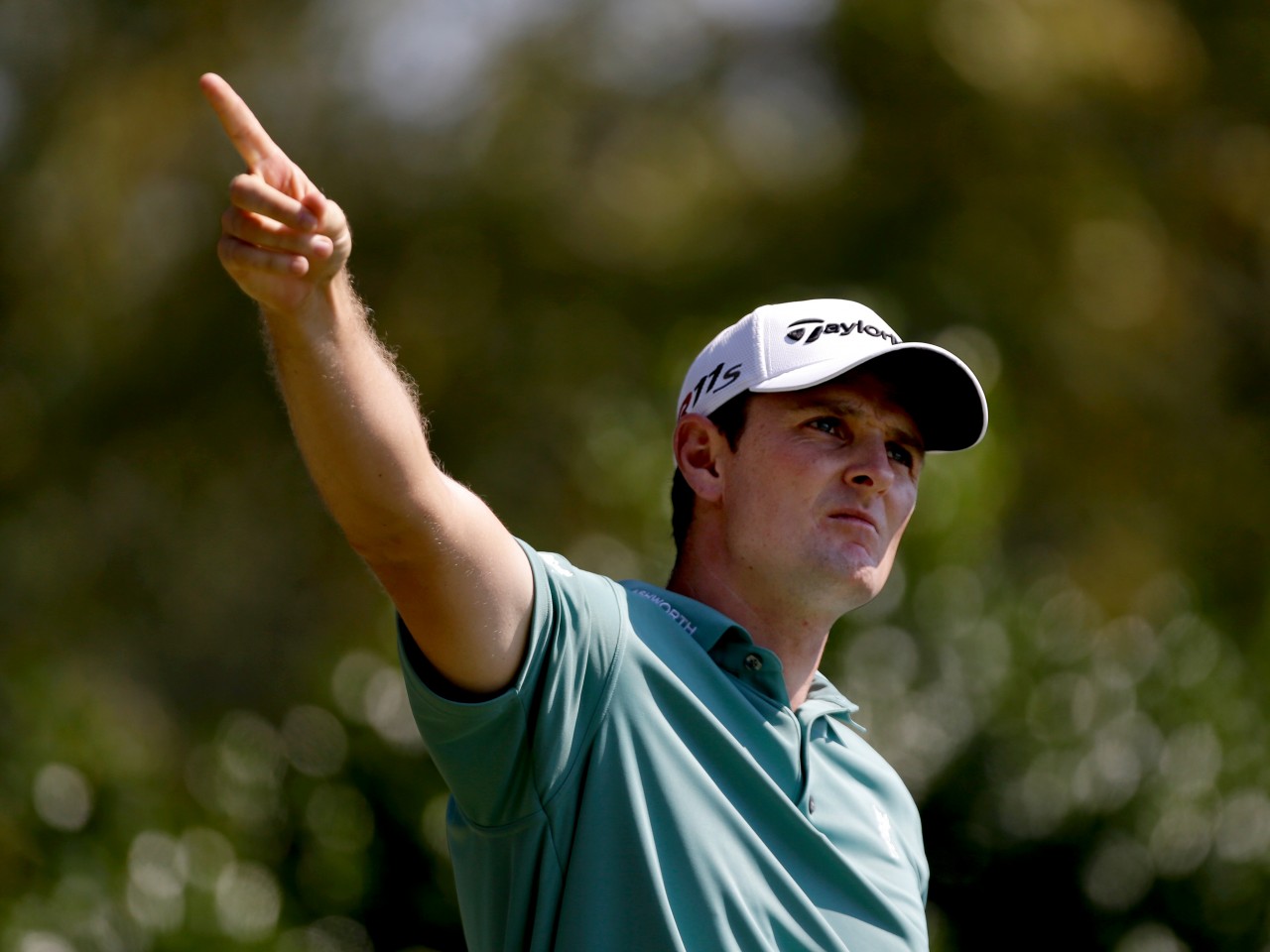Titleist's New 915's vs the Old 913 Driver
/We recently received the 915 stock for our fitting cart here at Berkeley Hall and I thought it would be a good opportunity to test both the new 915 series drivers - the D2 and D3 against the older 913 series D3 driver I've used for the past few years. I was excited to see if there are any positive changes with the new line.
The test I conducted involved the same shaft in each club (44.5' Motore Speeder VC 6.0 S) along with the same setting (B1) and the same loft (9.5). I hit seven shots (kept all shots) with each club on TrackMan. Here is the data:
Old Titleist 913 D3 9.5 with 44.5' Motore Speeder VC 6.0 S (B1)
Speed 99.8 - Smash Factor 1.48 - Launch 11.9 - Spin 2523 - Carry 226.7 - Total 248.6
New Titleist 915 D3 9.5 with 44.5' Motore Speeder VC 6.0 S (B1)
Speed 98.9 - Smash Factor 1.48 - Launch 13.1 - Spin 2341 - Carry 226.8 - Total 247.5
New Titleist 915 D2 9.5 44.5' Motore Speeder VC 6.0 S (B1)
Speed 100.5 - Smash Factor 1.47 - Launch 12.8 - Spin 2478 - Carry 232.9 - Total 254.3
My thoughts and observations:
- The first thing I noticed was the appearance of the newer club - from the golfer's perspective the clubhead has quite a different look than Titleist drivers of the past. The toe seems a little more pronounced and the head didn't seem quite as sleek as previous models. It didn't look bad, just different.
- The next thing that caught my attention was the sound. Definitely louder than the 913 model, but not to the point where it was offensive.
- As you can tell the spin rates fell right where I anticipated them to fall. Word on the street is that the 915's spin the ball less and the results illustrated that.
- I did notice that mishits with the 915's seemed to do marginally better than commensurate mishits with the 913 model and there were a few mishits in each set.
- I was surprised to see the difference in launch angle as I had anticipated that the 915's would launch the ball lower - not so in this case!
- Ball speed and smash were very similar for the three clubs.
As I looked over these numbers I noticed a few factors that are vital for longer tee shots - higher launch, lower spin and better performance on mishits. I liked the new club and also liked the fact that Titleist did not change the sleeve on the new model so older shafts can easily cross over into the 915 clubheads.
It does appear that Titleist has finally stepped up to the plate and joined Callaway, Ping and TaylorMade in the driver game.





